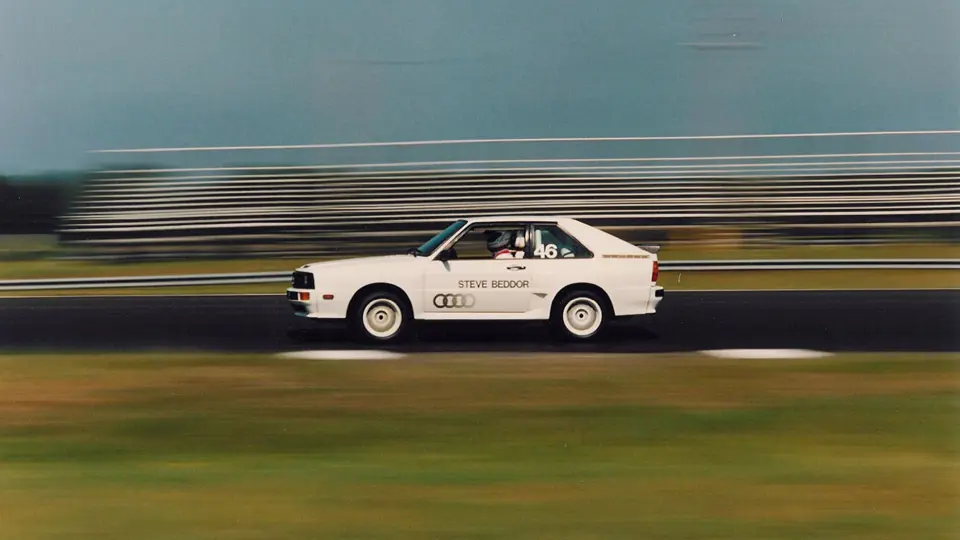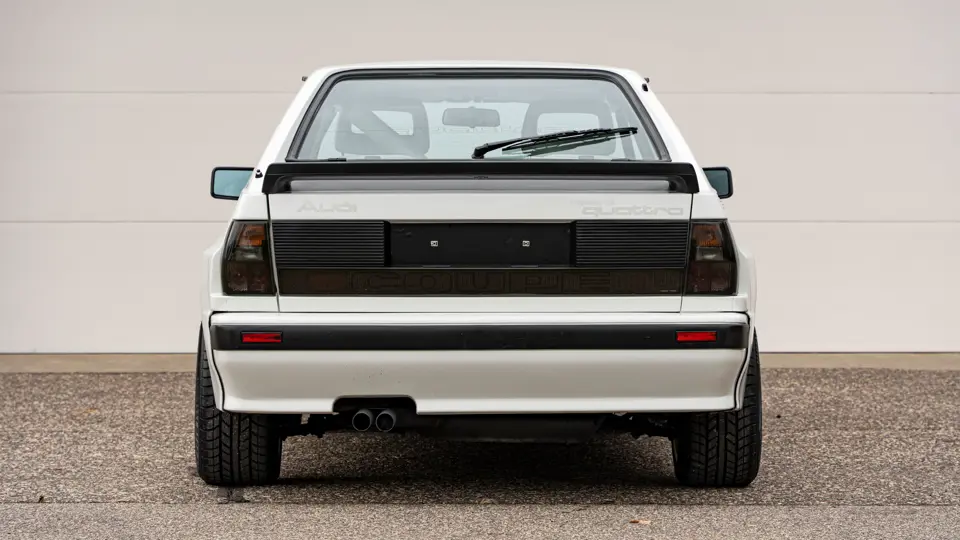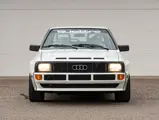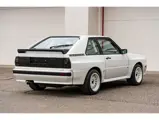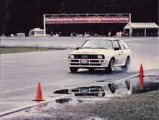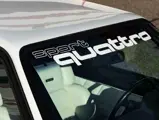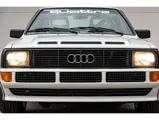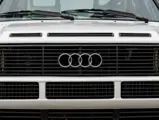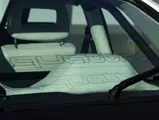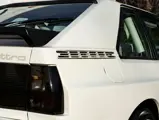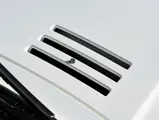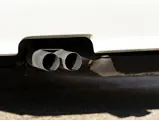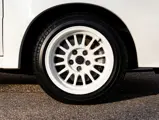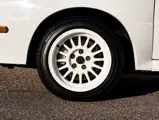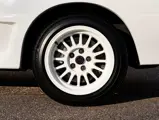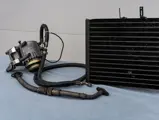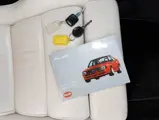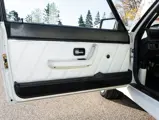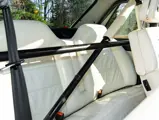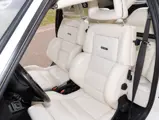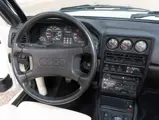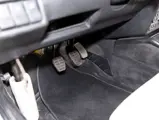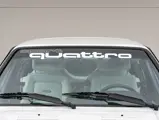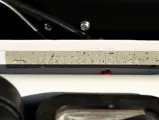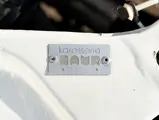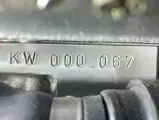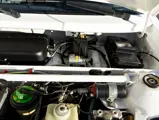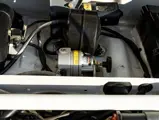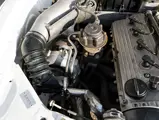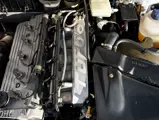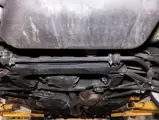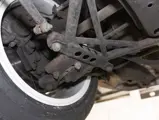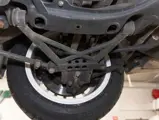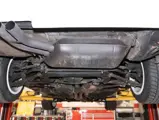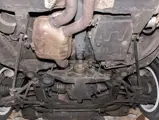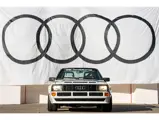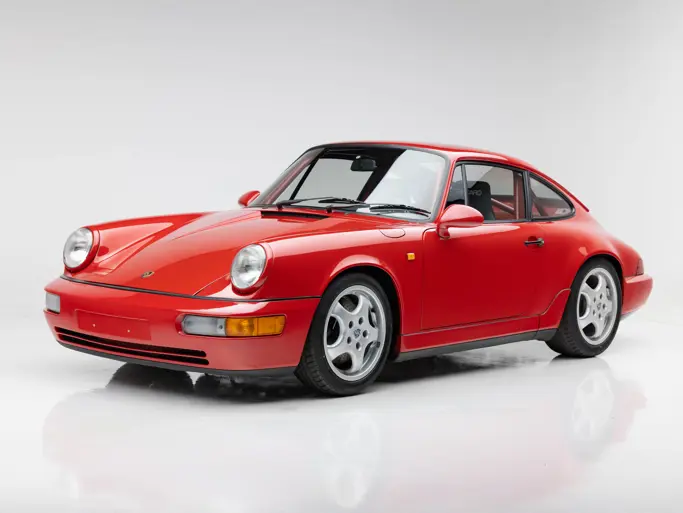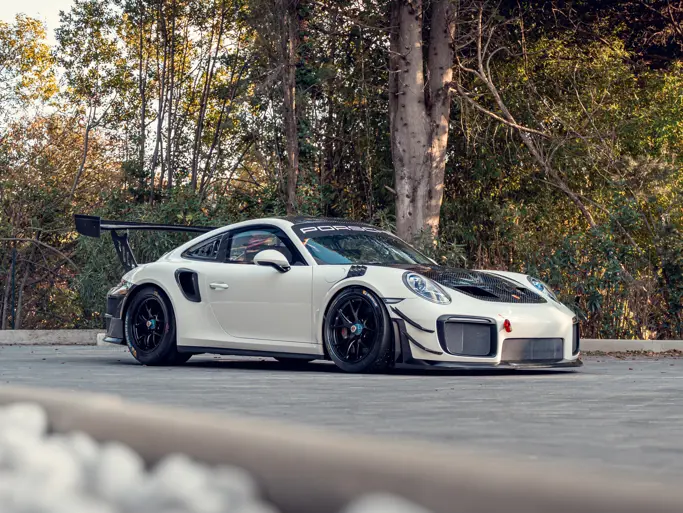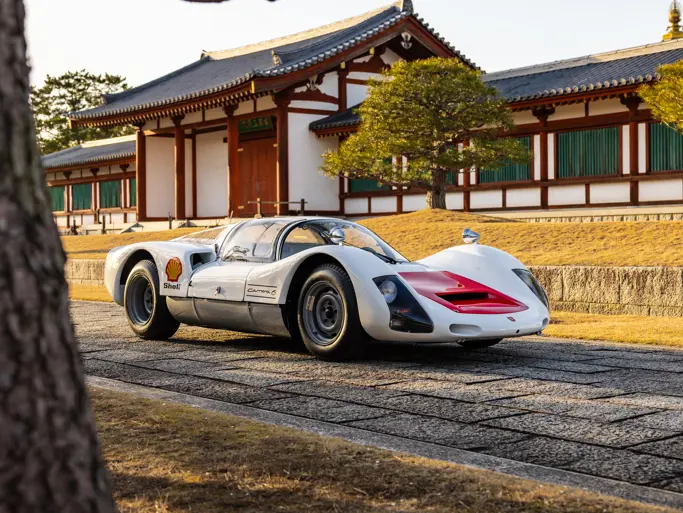
1984 Audi Sport Quattro
{{lr.item.text}}
$758,500 USD | Sold
{{bidding.lot.reserveStatusFormatted}}
- “The F40 Killer,” a wild, factory-blessed Sport quattro
- Ordered new by Audi Club of North America founder Frank Beddor Jr.
- Federalized and modified for racing as an Audi-endorsed entrant by marque experts Dieter Inzenhofer, Heinz Lehmann, and Heinz Kluge
- Used extensively in competition by Steve Beddor; offered from the Beddor family’s continuous ownership
- Back-to-back, course-record-breaking winner of the Ferrari Club of America’s famous Virginia City Hill Climb
- Among the most fascinating examples of Audi’s highly coveted Group B homologation special
Following its second World Rally Championship win in three years, Audi executives pondered how to connect the company’s motorsport success with its road cars in the United States. In reply to pleas from Audi’s executive team, special vehicles manager Jo Hoppen devised a plan that would all but guarantee victory and establish a storied pedigree in just five years. Hoppen’s bold and inventive strategy involved two parallel elements, both reliant upon the manufacturer’s groundbreaking quattro all-wheel-drive system that had formed the basis of its two Group B rally championship wins in 1982 and 1984.
The first element of Audi’s US-market, hearts-and-minds campaign involved a full factory racing team, which dominated the 1988 American Trans-Am series so thoroughly that quattro all-wheel-drive was promptly banned. In 1989, Audi migrated its effort to the GTO-class of the IMSA series. Despite sitting out two races, the team’s two-car entry amazed everyone with a second overall finish from seven victories and seven podiums in 13 races.
The second part of Hoppen’s plan fell to grassroots publicity—in effect, viral marketing before such a term existed. For this, he and Audi North America president Russ Hill tapped Frank Beddor to form a partnership that aligned perfectly with Audi’s corporate vision. Not only the Audi Club of North America founder, Beddor was also patriarch of an incredibly talented racing dynasty renowned for its daring skills in hillclimbing, ice racing, autocrossing, and rallying. Who better to be the face of Audi’s US motorsport efforts than a family to which “wearing your Sunday best” meant donning a Nomex racing suit? The Beddor family immediately requested no less than five Audi Sport quattros, a model not even available in the United States at the time.
Beddor’s second act of the partnership was to convince Audi to urgently enter a Sport quattro in the 1985 Pikes Peak International Hill Climb, piloted by one of its factory drivers. It was a shrewd move as Audi won the event three times in three years, with the winning Sport quattro quashing the course record by an astounding 12 seconds each consecutive year.
Offered today from the Beddor family’s continuous ownership since new, this Sport quattro—affectionately called “The F40 Killer”—is among the most fascinating examples of Audi’s highly coveted Group B homologation special.
One of only 164 road variants produced, Hoppen had chassis 5035 delivered to Andial’s Dieter Inzenhofer for federalization in late 1985. Legendary Audi Sport engine builder Heinz Lehmann was charged with providing suitable motivation for the Beddor fleet, and to this end enhanced this Sport quattro’s 2.1-liter turbocharged inline five-cylinder with a ported-and-polished cylinder head, hotter camshafts, Bosch Motorsport Motronic ECU, optimized turbocharger, and proprietary exhaust and intake manifolds. Notably, Lehmann’s hand-fabricated exhaust manifolds feature an ingenious design: stainless steel expansion sleeves, which introduce another element of reliability by allowing the manifold ample room to expand as it heats, thus greatly reducing the risk of cracks or fractures.
From 1981 onward, Lehmann’s reputation for tuning reliability and performance was so great that numerous factory drivers, including 11-time National Champion John Buffum, would personally inspect the engine bay of their assigned rides to see if they had been fortunate enough to receive a Lehmann-powered quattro. Even today, Audi specialists with sufficient skill charge over $188,000 to emulate Lehmann’s legendary work. One such specialist goes so far as to dub the Heinz Lehmann Sport quattro engine to be the true “Mona Lisa” of motorsports history.
Given the impressive performance he squeezed from such a small engine, Lehmann’s mythical reputation is well deserved. Dynamometer readings on file show that his work on chassis 5035 improved maximum torque to 342 pound-feet at 5,400 rpm, while horsepower jumped to 435—more than 130 horsepower over the stock unit. An accompanying hand-off letter supplied by Steve Beddor details the octane requirements, adjustable boost settings, and locking differential specifications.
Meanwhile, Audi transmission specialist Heinz Kluge upgraded the five-speed gearbox with stronger motorsport synchromesh along with a set of motorsport ring and pinions that reduced gear ratios for better acceleration. To supplement Kluge’s modifications, Lehmann also provided a motorsport-spec lightened flywheel, pressure plate, and six-pad clutch disc. Hoppen raided Audi Sport’s parts room in Ingolstadt for suspension assemblies and sourced a bespoke roll cage to enhance the car’s chassis dynamics. He also dispatched his factory-trained sons Mike and Ken Hoppen to Minnesota with the series of Lehmann engines to oversee their installation and help get the Beddor racing fleet dialed in.
Finally, wanting to visually set this Sport quattro apart from a sea of red Ferrari competitors, Frank Beddor had it resprayed from the original factory finish of Tornado Red to Alpine White.
Duly prepared, chassis 5035 was assigned to Frank Beddor’s son Steve, aptly nicknamed “The Sky Driver” for his adrenaline-pumping habit of skydiving into racing events, sometimes with a massive Audi banner in tow. Time and again, the Beddors’ uncommon talent and panache proved that Audi could not have found a better group of hardcore enthusiasts to embody the essence of its foot-through-the-floor motorsports ethos to the American public.
From 1991 to 1993, Steve Beddor and 5035 terrorized Audi club autocross events throughout the Midwest. Nearly every event was a Beddor family exhibition where the operating question became, “Which one could go fastest?”
“They leave other quick cars in completely different zip codes down the straight,” proclaimed Audi Club of North America webmaster Darin Nederhoff in an event summary submitted to members. “Oh, and the sound! Ever heard a full chorus of angels kicking the devil straight back into hell? Neither have I, but I imagine it would sound a bit like a Lehmann Sport quattro at full boil!"
The pair made their primetime debut together in June 1991 at the Ferrari Club of America’s famous 5.2-mile Virginia City Hill Climb, where the so-called “white box” surprised everyone with its insane grip, raucous engine noise, and respectable fourth overall finish. Correspondence between Frank Beddor and Hoppen on file clearly illustrates that this car was consistently the fastest among the Beddor family’s Sport quattro fleet—regardless of who was driving it.
Returning to Virginia City in 1992, Steve Beddor stirred chassis 5035 to a jaw-dropping overall victory, which earned the car its notable F40 Killer moniker. Literally skydiving from a helicopter onto the starting line, Beddor hopped in his Sport quattro and promptly demolished the times of two competing F40s, breaking the course record with a time of 3:31.4. Steve Beddor recalls that he became fully determined to win the event after overhearing an exchange during the morning test session between a TV crew and one of the Ferrari F40 owners. “Any last words for the non-Ferrari drivers here?” asked the TV host. To which the overconfident F40 owner replied: “Yeah, sorry...better luck next year!”
The Viriginia City Hill Climb’s all-time course record holder Amir Rosenbaum still vividly remembers the shock he experienced upon first coming face to face with this very Sport quattro as a marshall at the 1992 event. “I see and hear the car approach—but they aren’t lifting [off the throttle]!” he recalls, still astonished. “Oh man, this is going to be bad; it’s almost a 90-degree corner and they’re coming in at speed—high speed—the engine is wailing, no downshift, holy sh*t! And then the noise, one I had never heard before—this intense and insane chuffing of the tires as they gripped and clawed the corner at speed. The car went through the corner and out of sight…. What the hell was that?!”
In 1993, The F40 Killer successfully defended its title at Virginia City, further cementing its legendary status.
In retirement, the car has been sparingly driven and regularly maintained by marque specialists. Supplied with a trove of Audi correspondence and technical documentation, this Sport quattro is a tremendous prize to be cherished but also enjoyed—in anger—at hill climbs, autocross events, and road rallies. Modified from new by some of the most important gurus in Audi motorsport history, The F40 Killer brought to bear the unprecedented effectiveness of the quattro all-wheel-drive system, humbling some of the period’s most capable supercars in spectacular fashion.




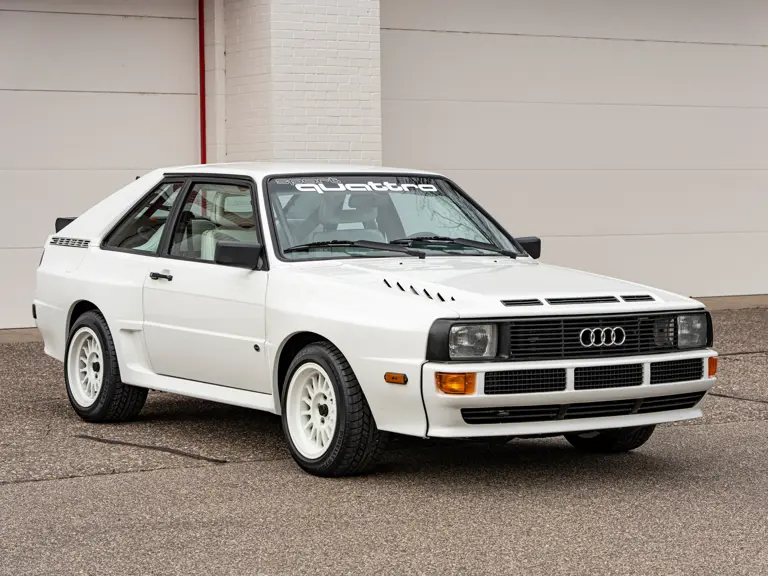
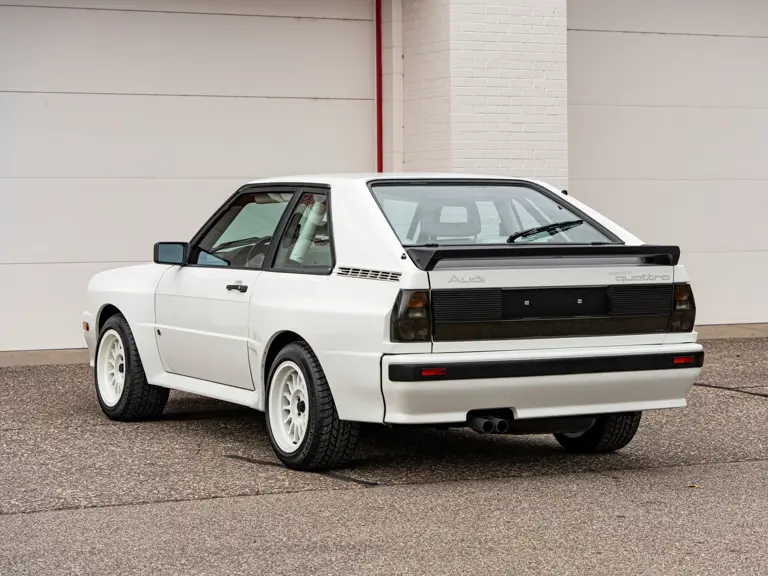

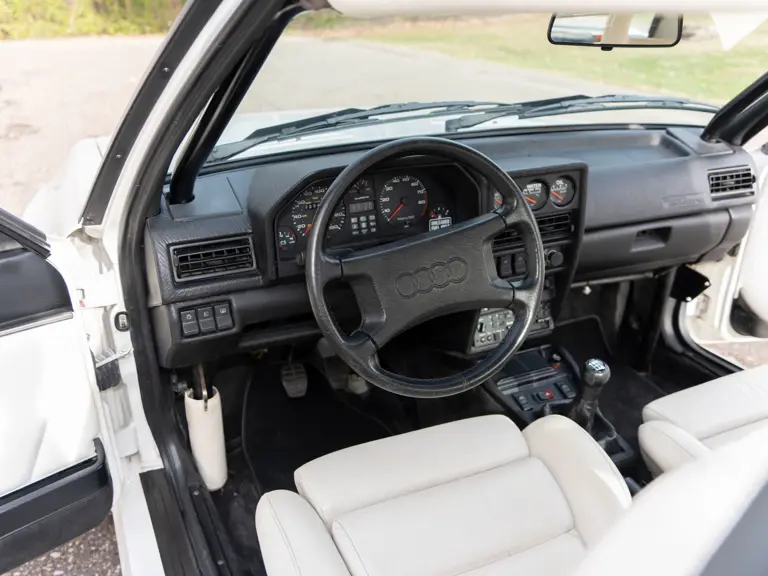
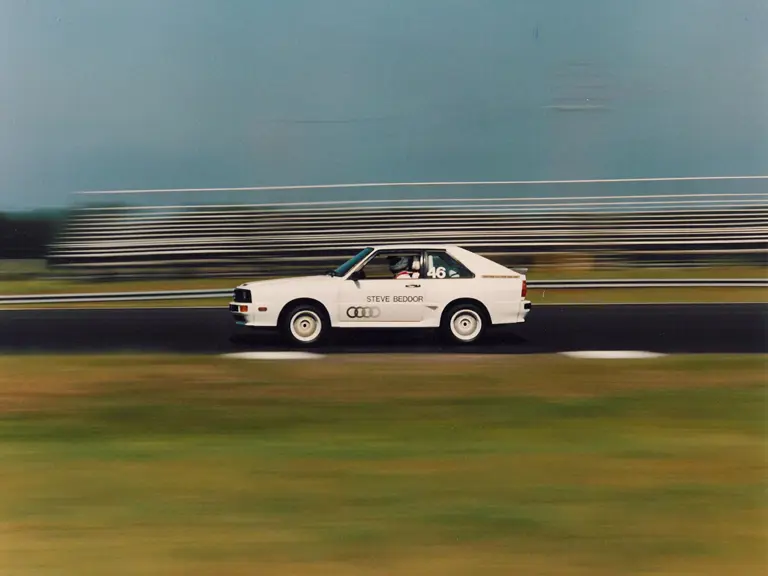
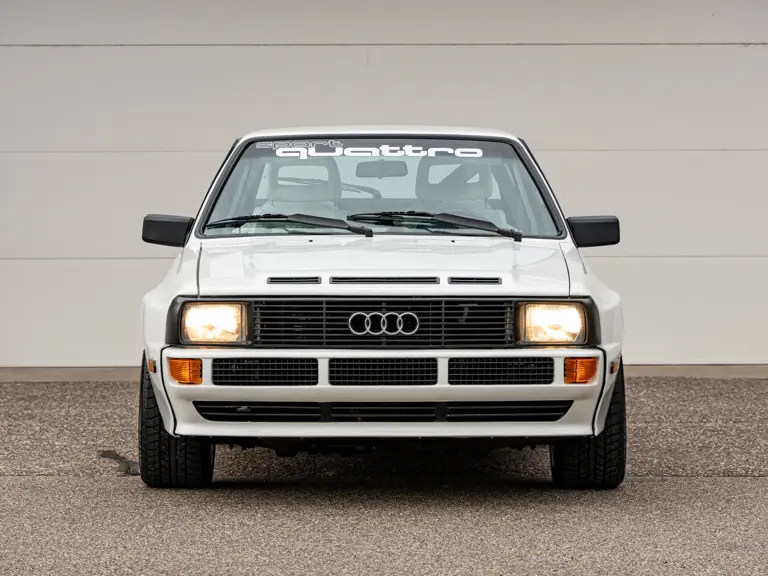
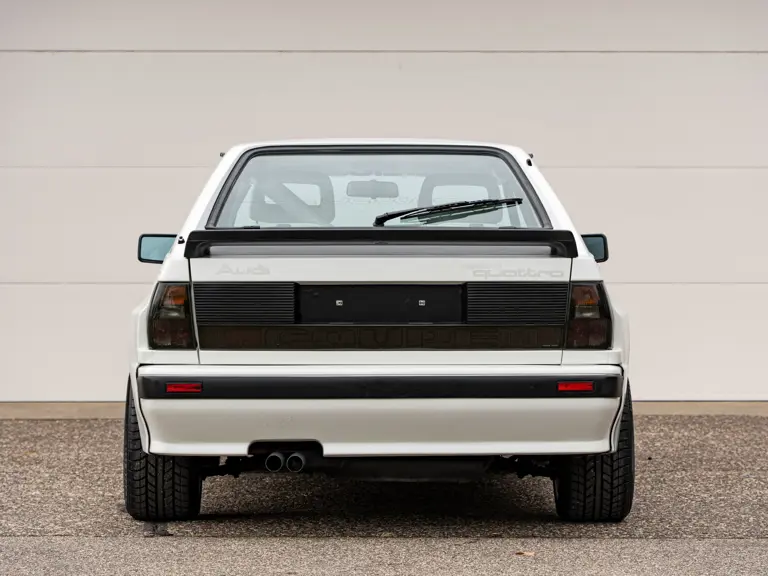
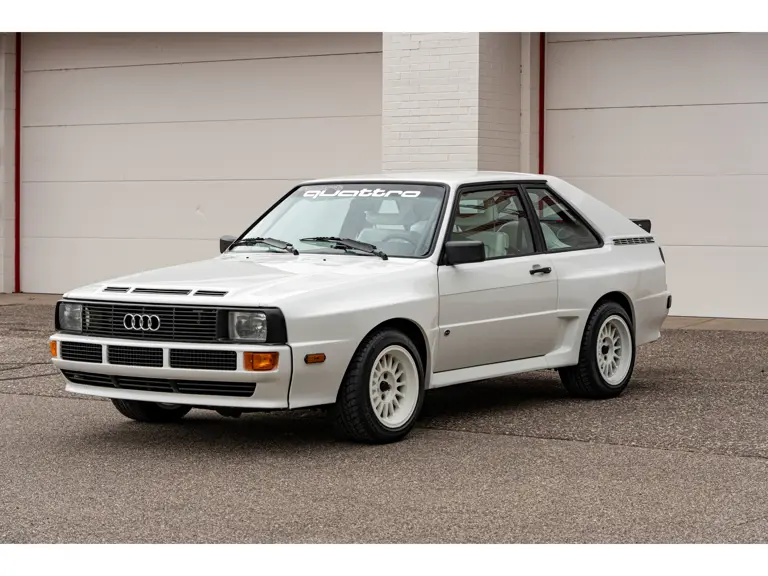



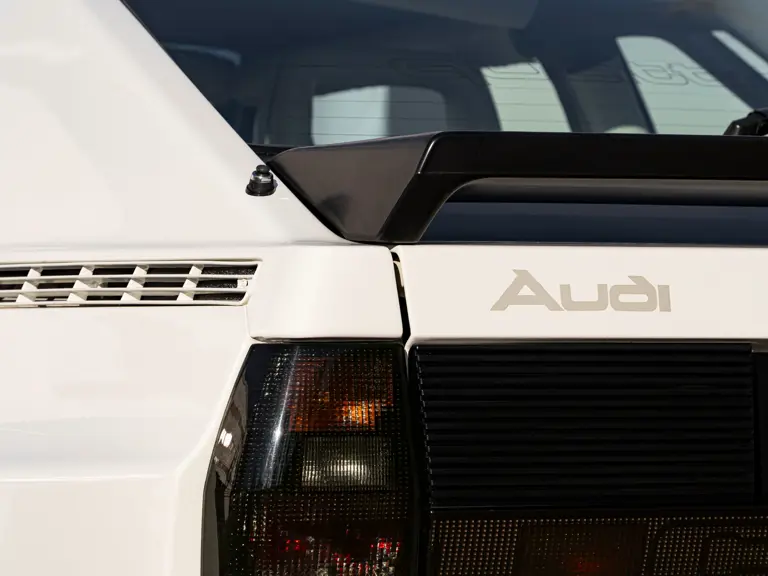




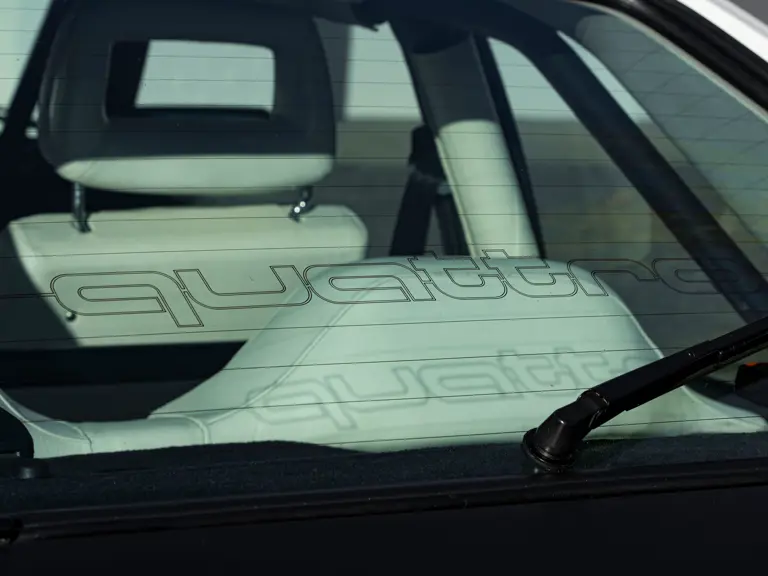
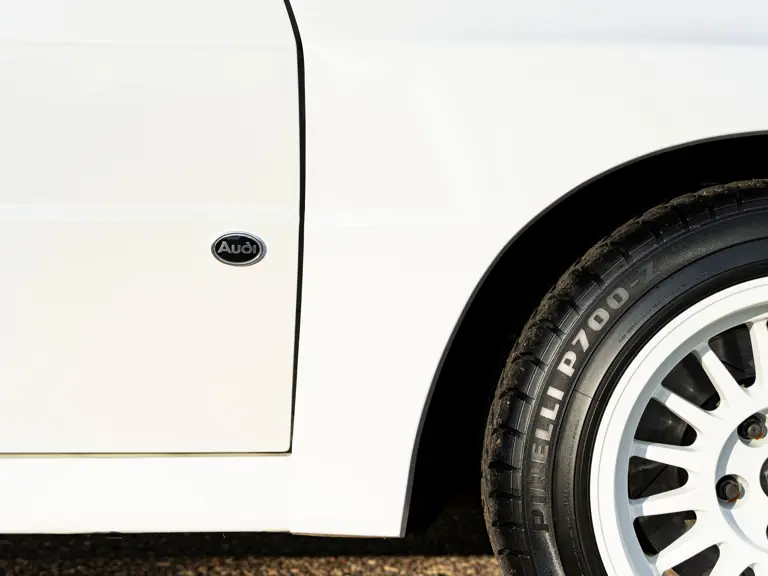
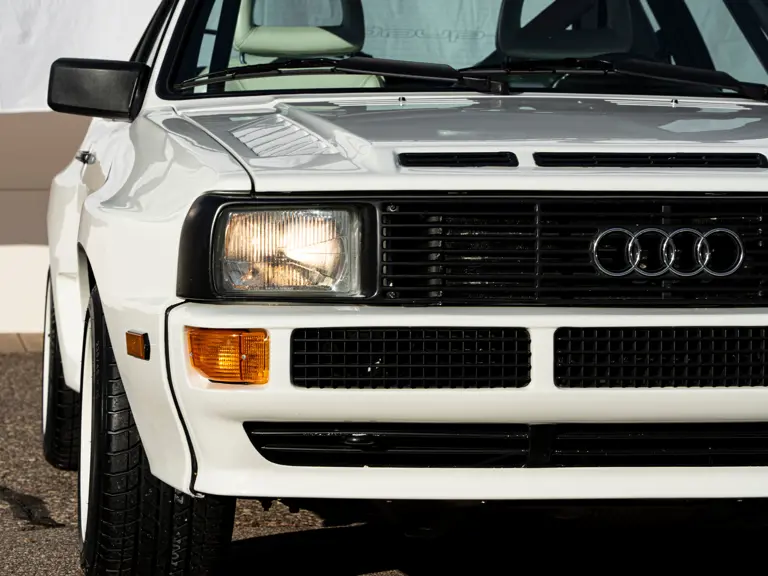
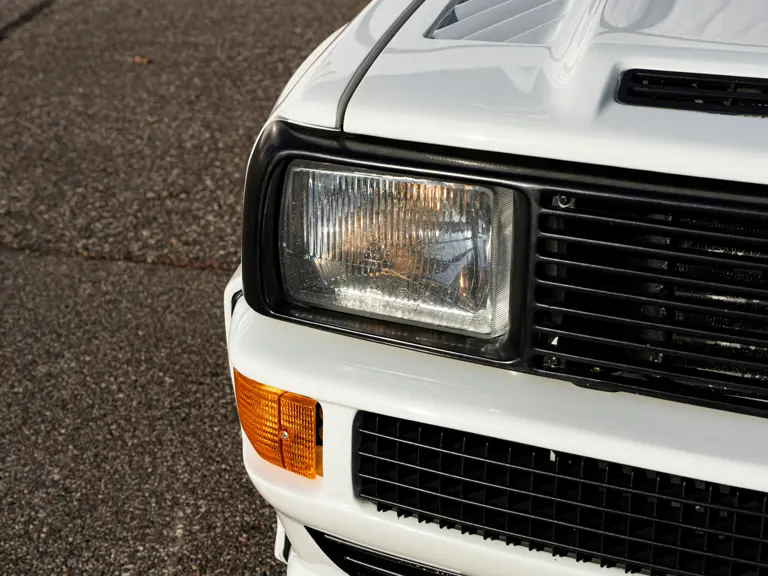
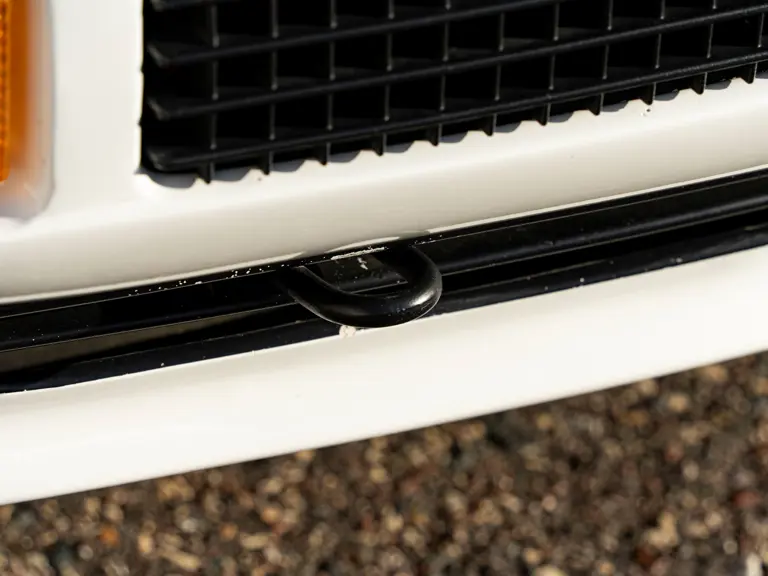
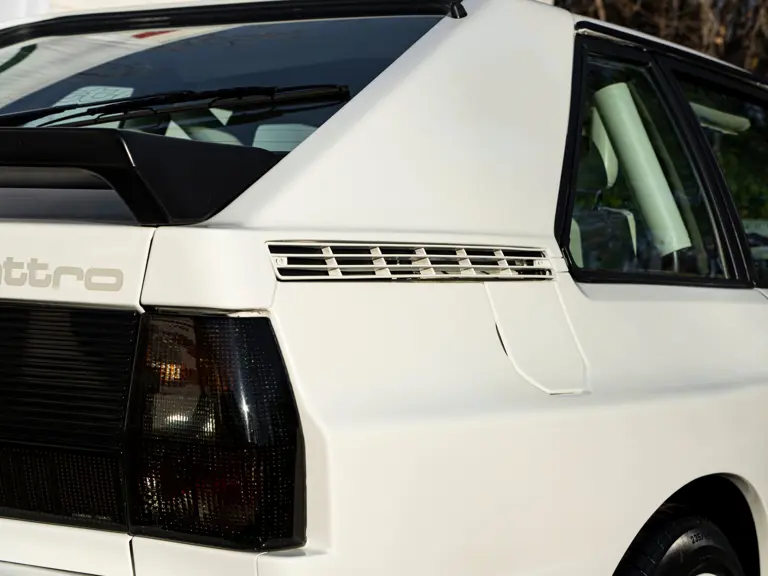
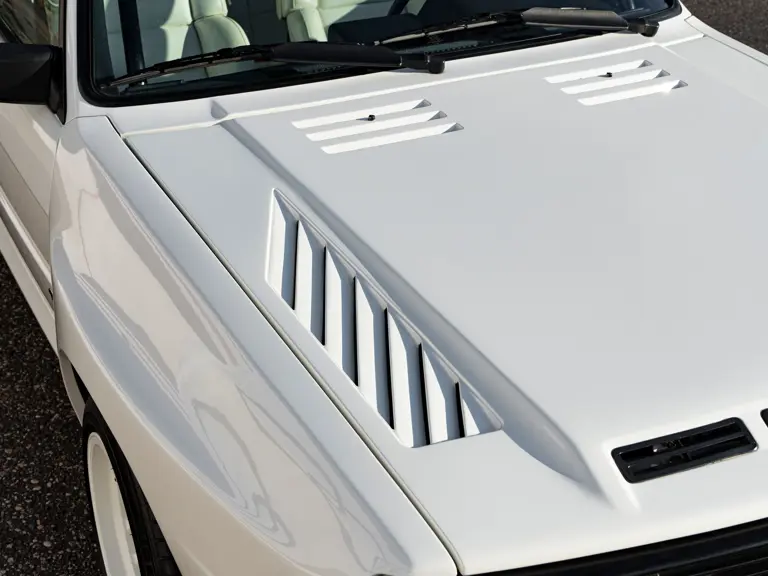
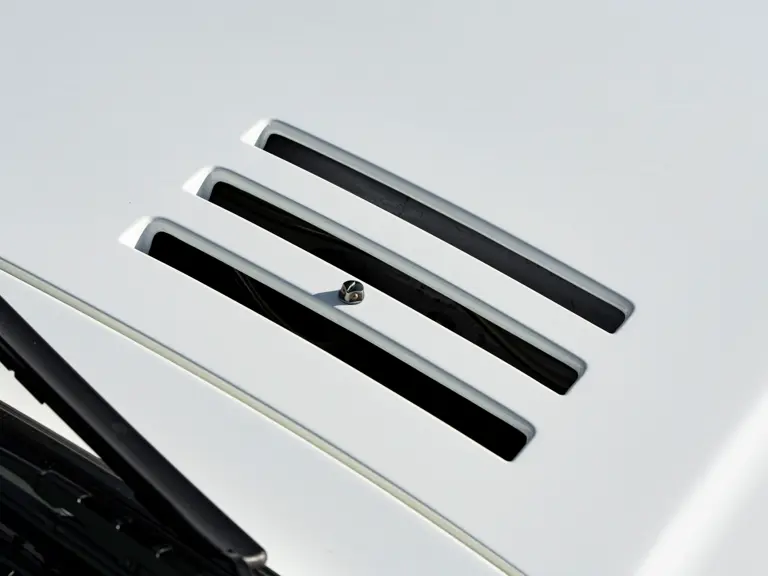
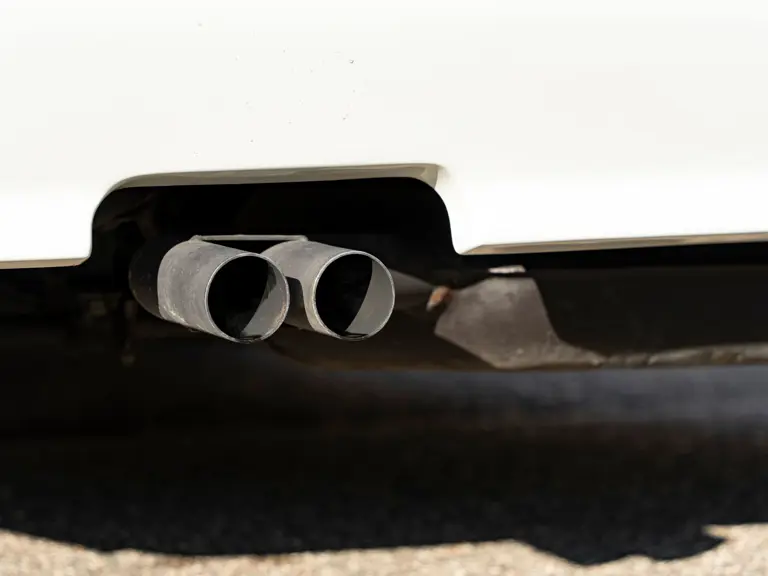
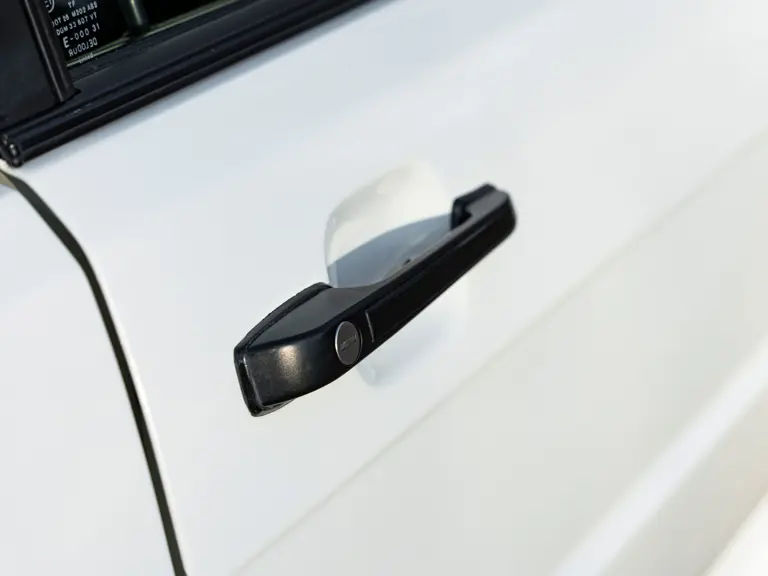
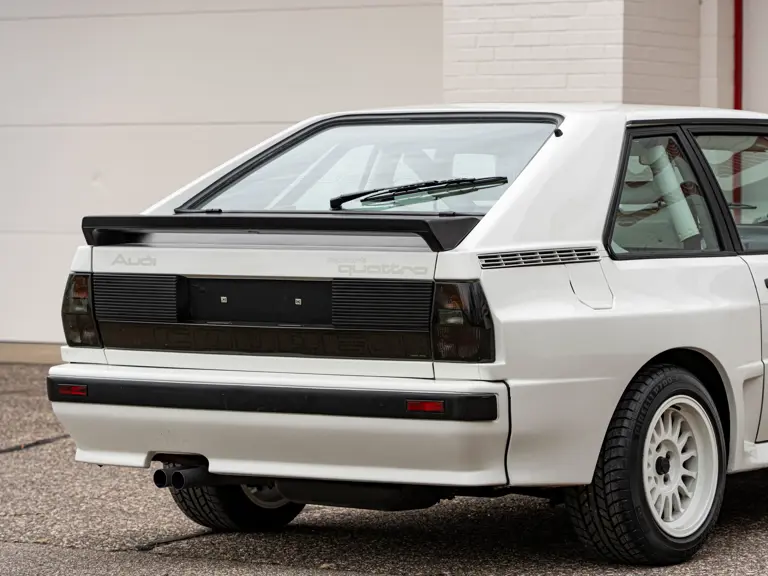



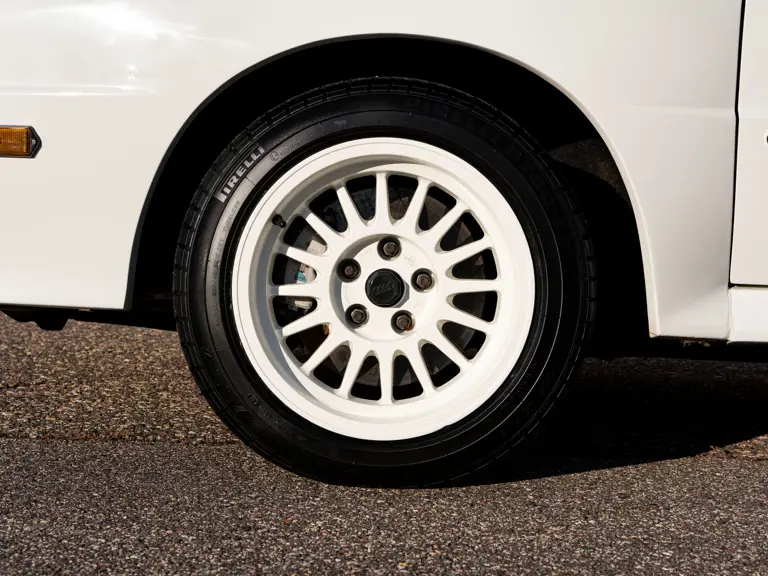
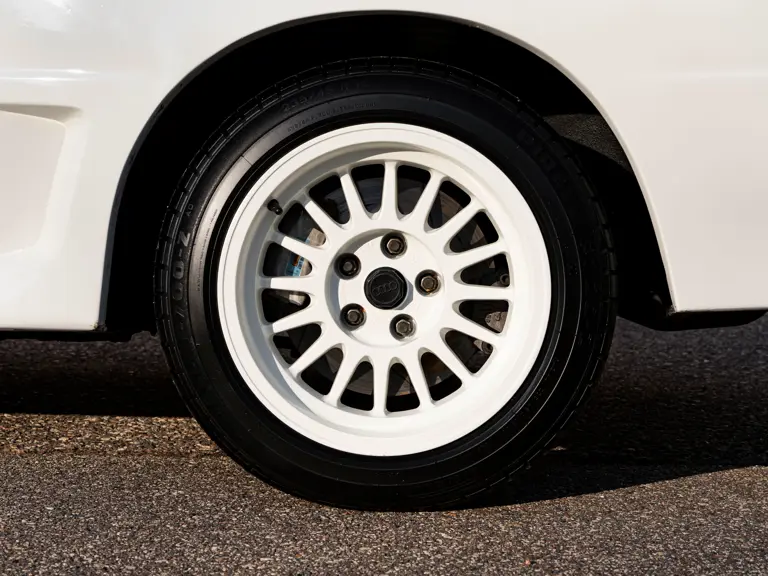

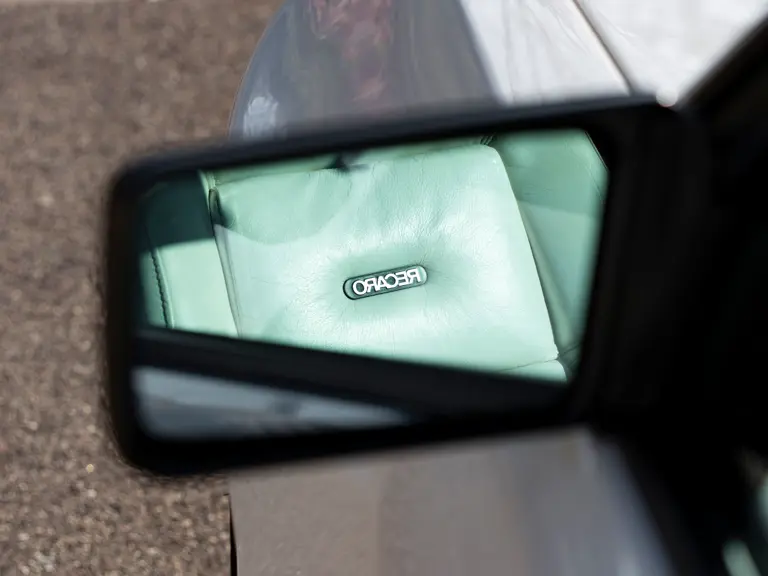


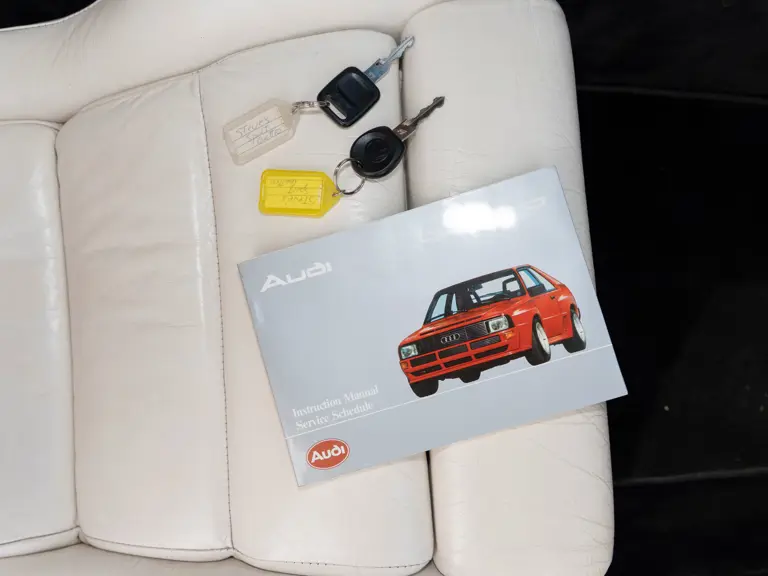
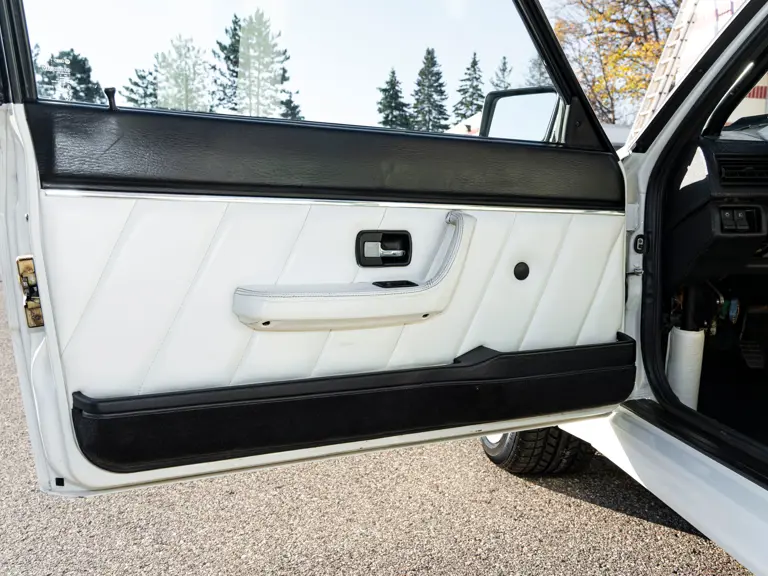
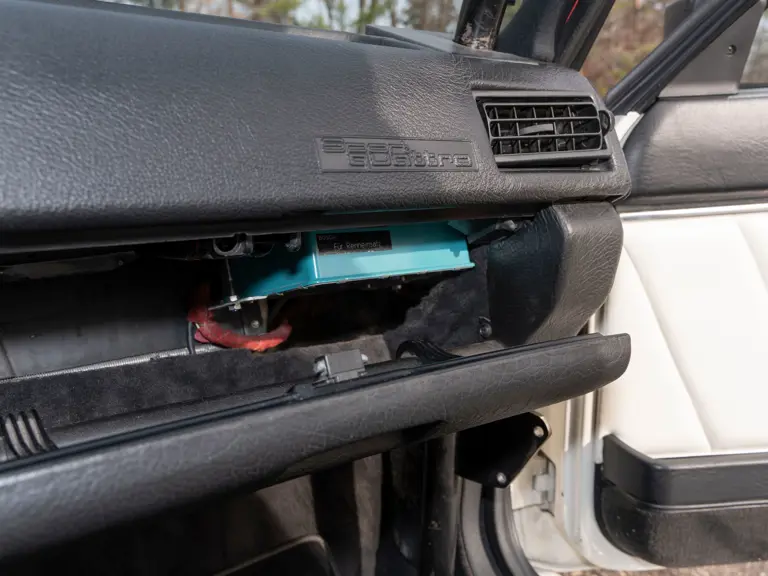
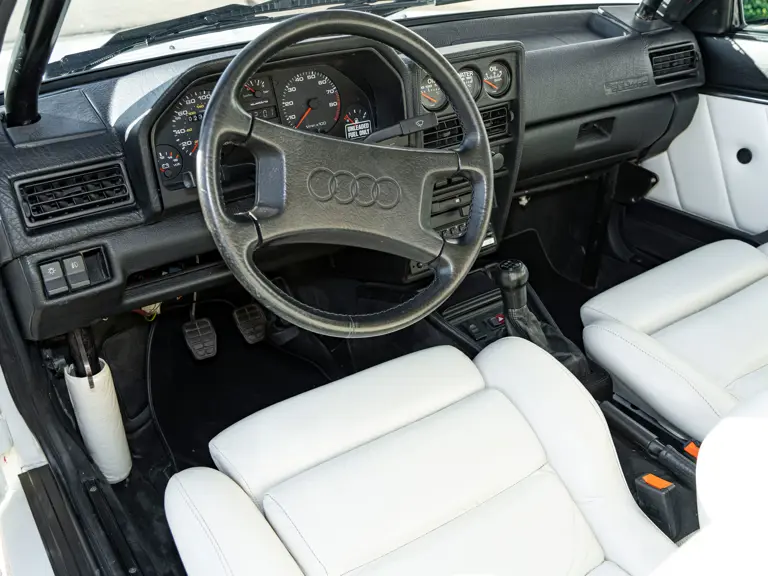
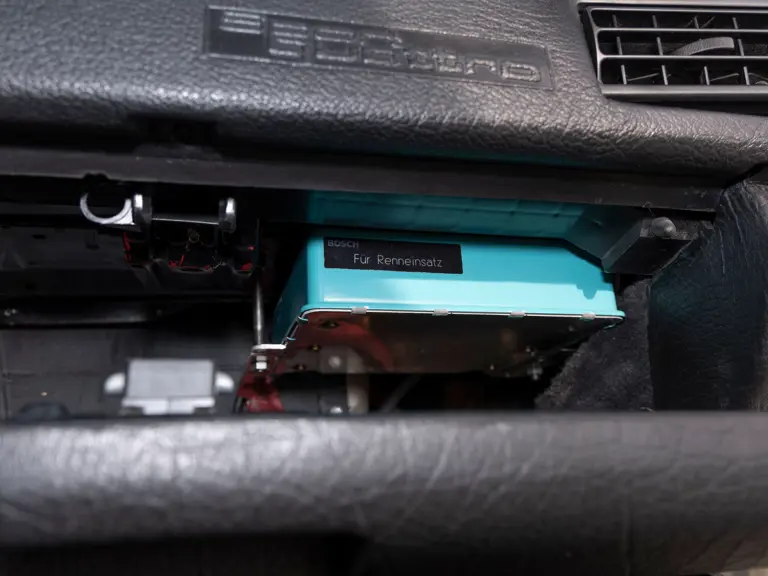
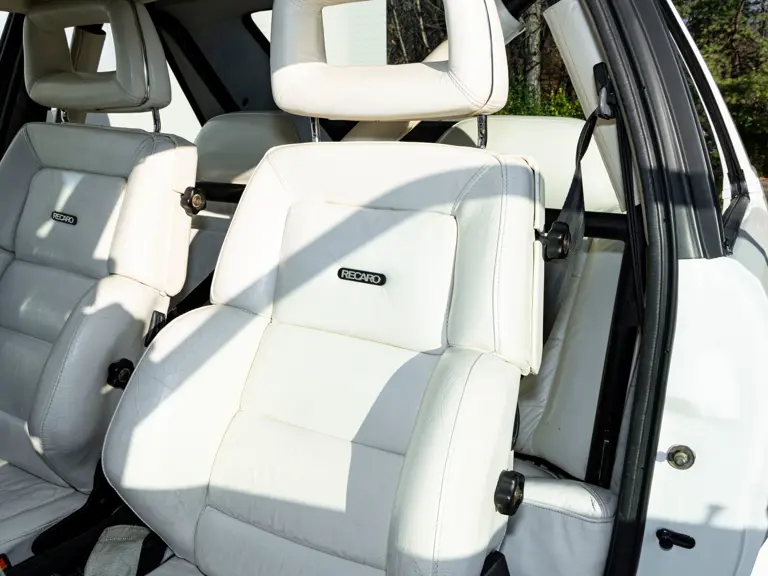
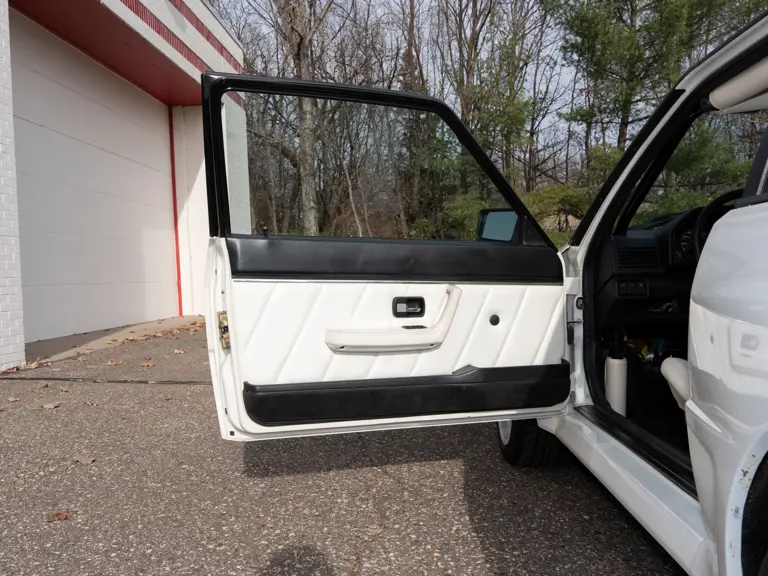
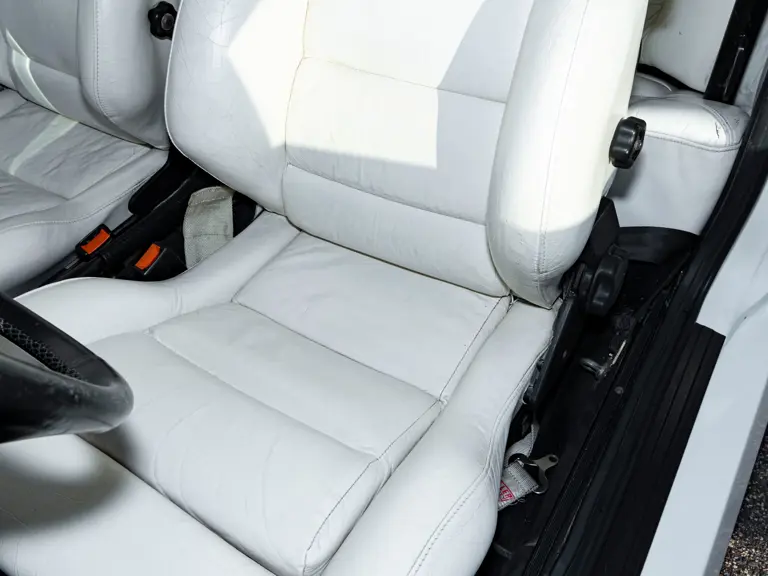
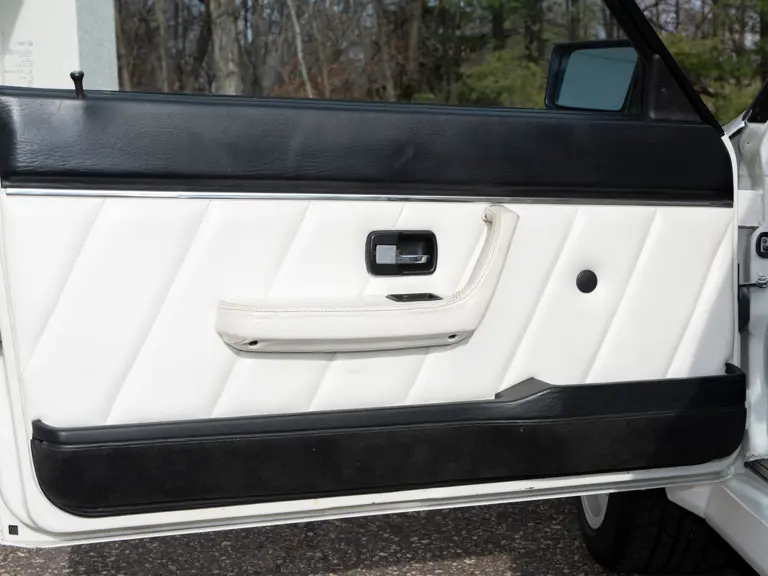


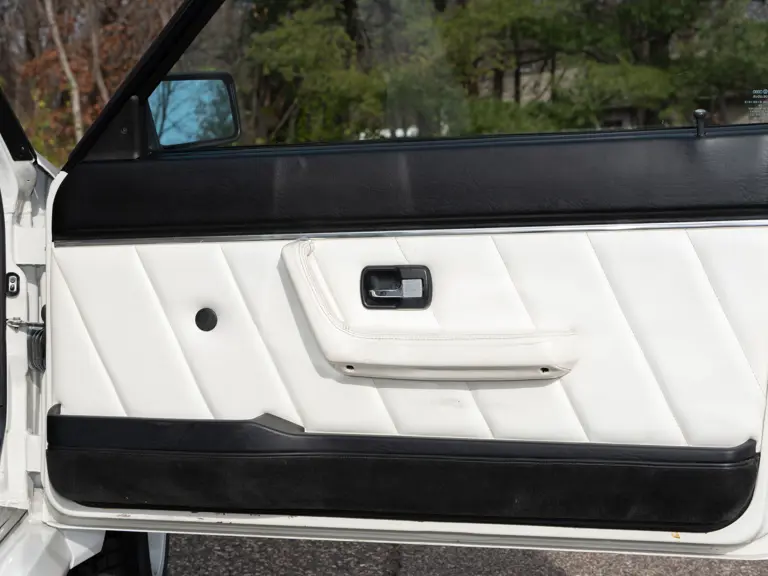
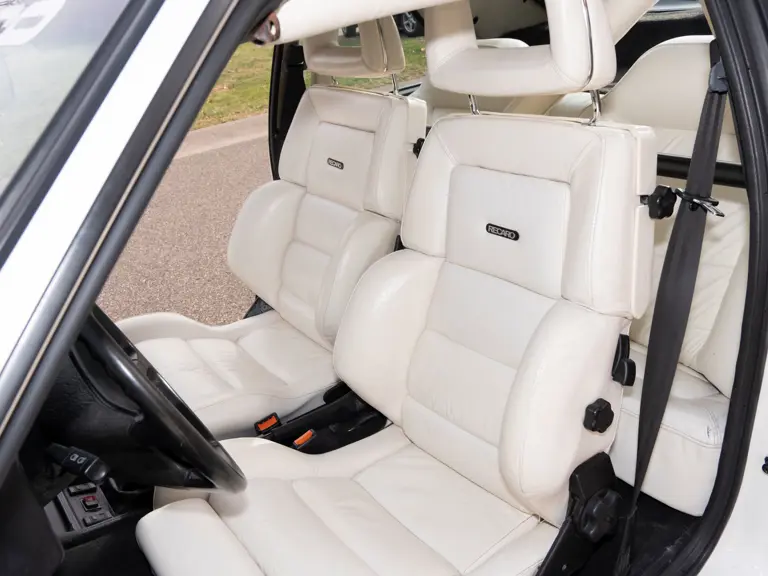
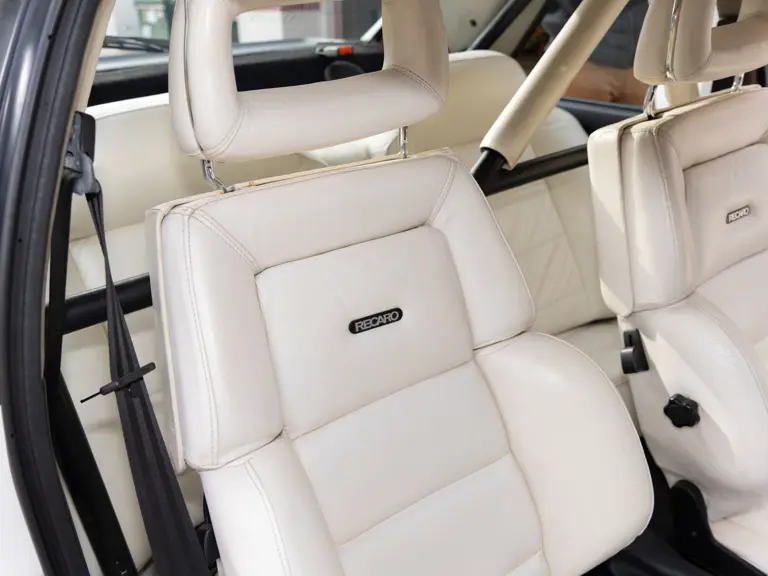
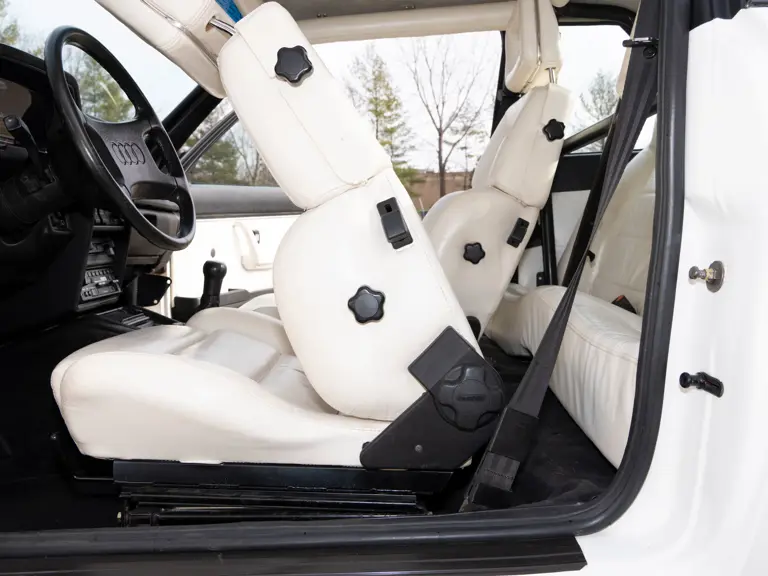
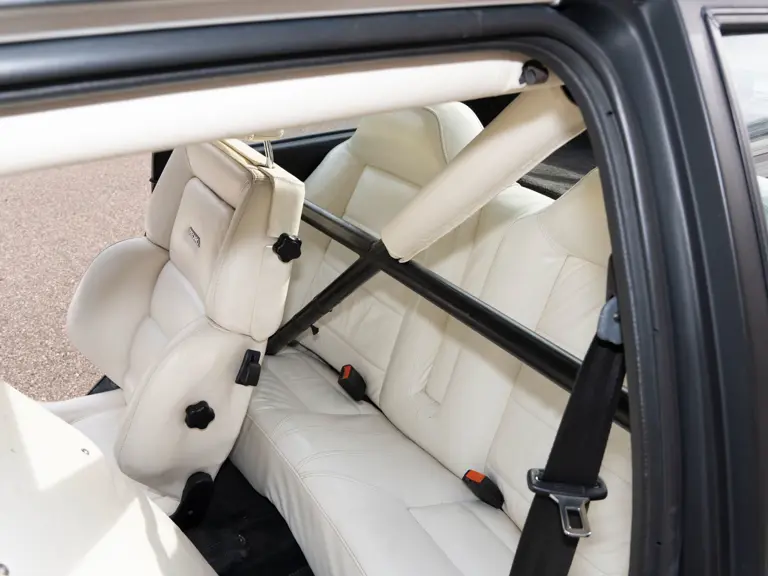
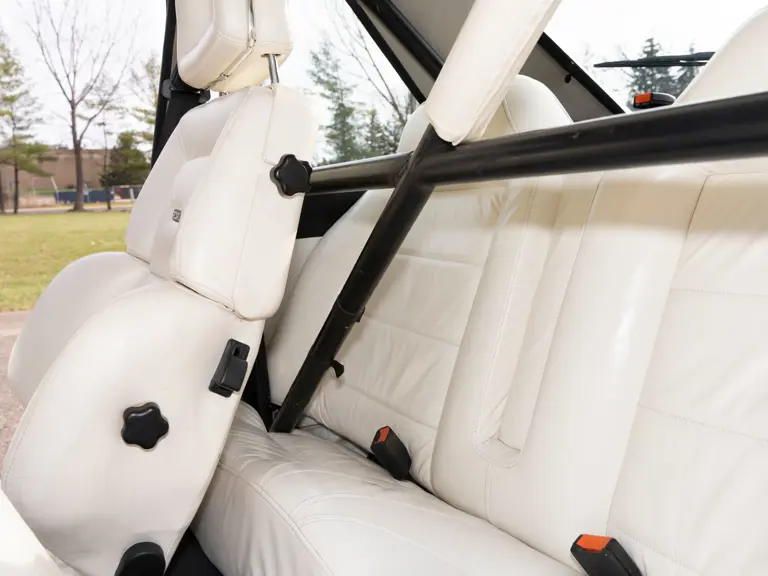
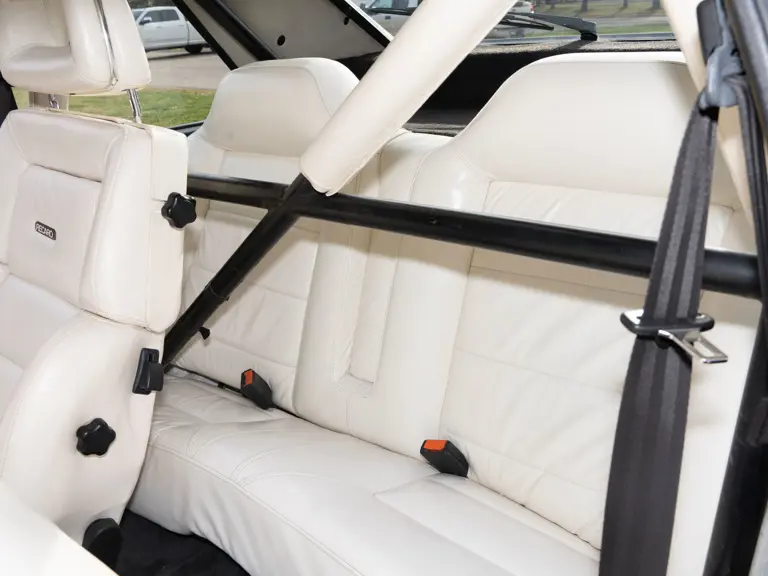
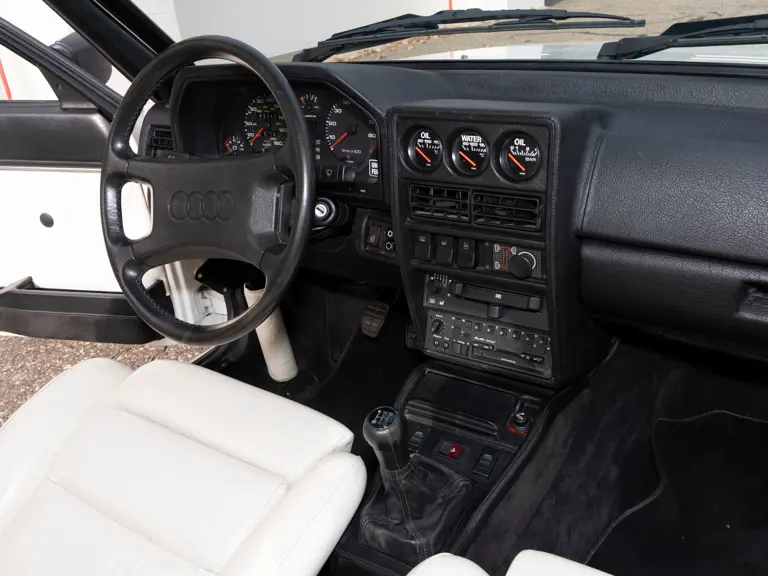

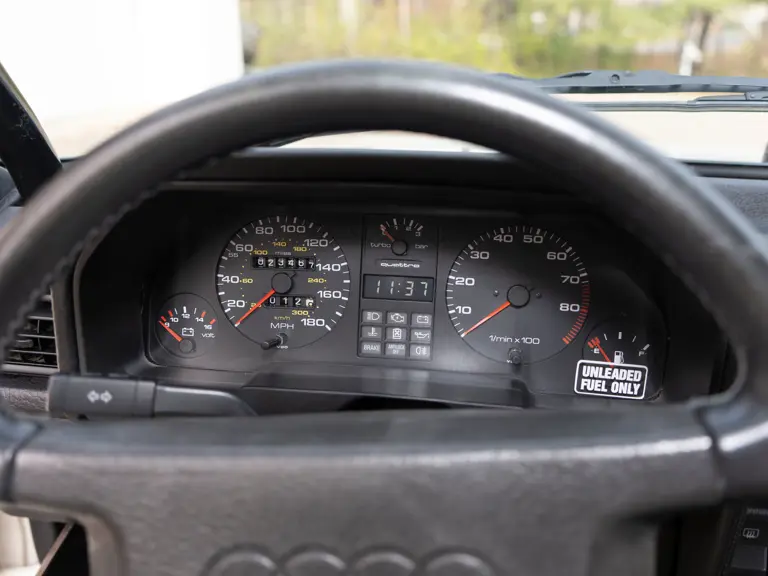
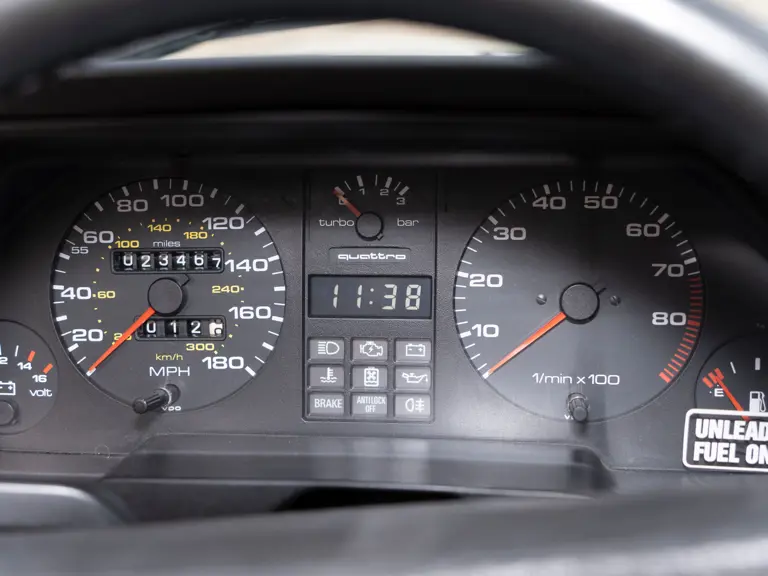
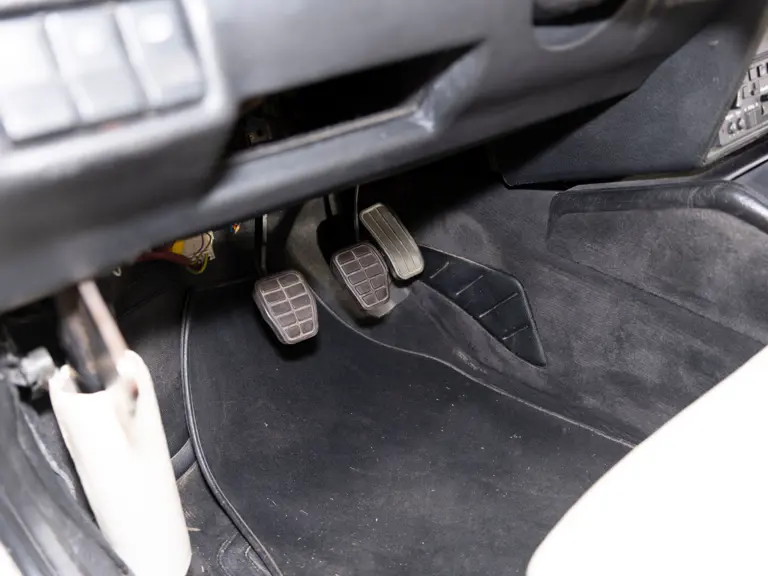







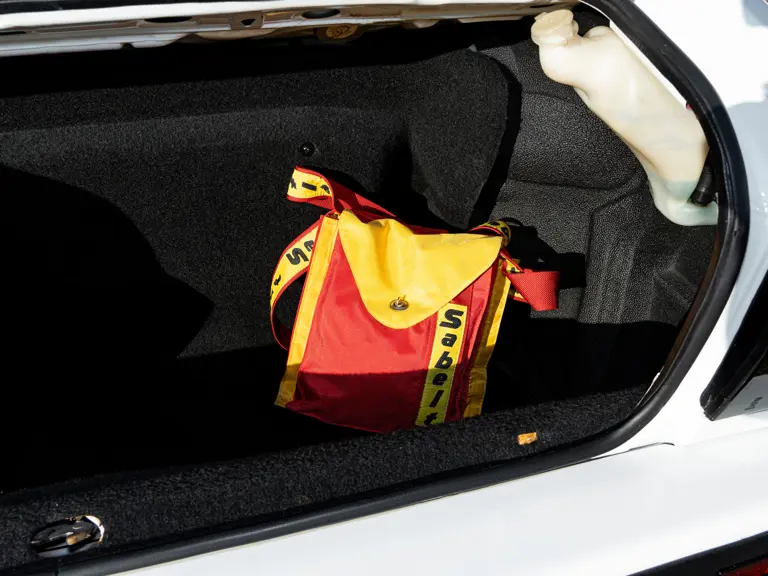





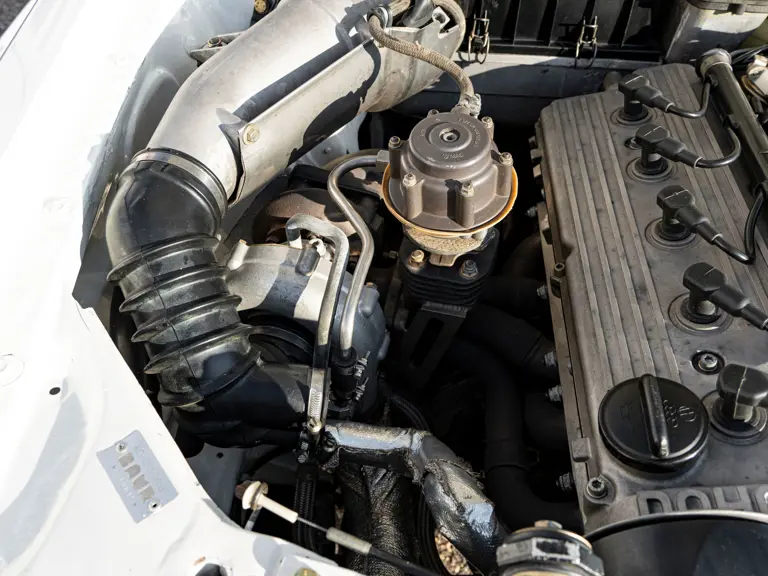
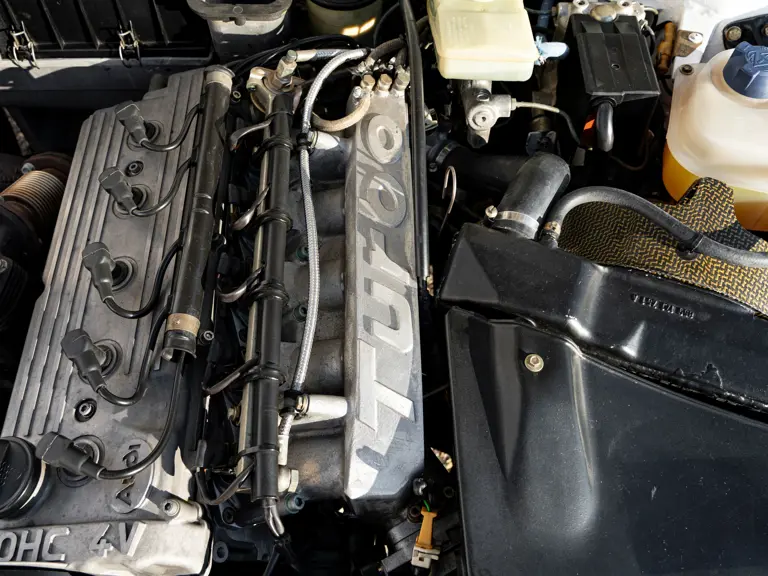


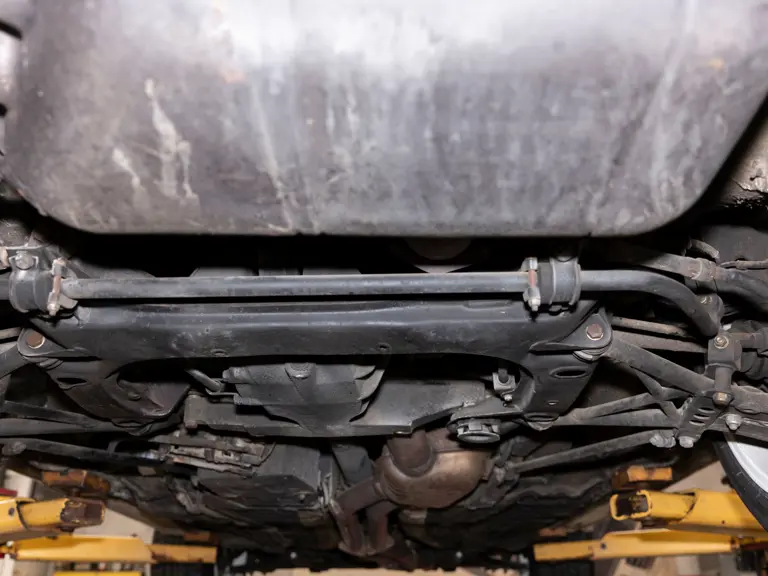
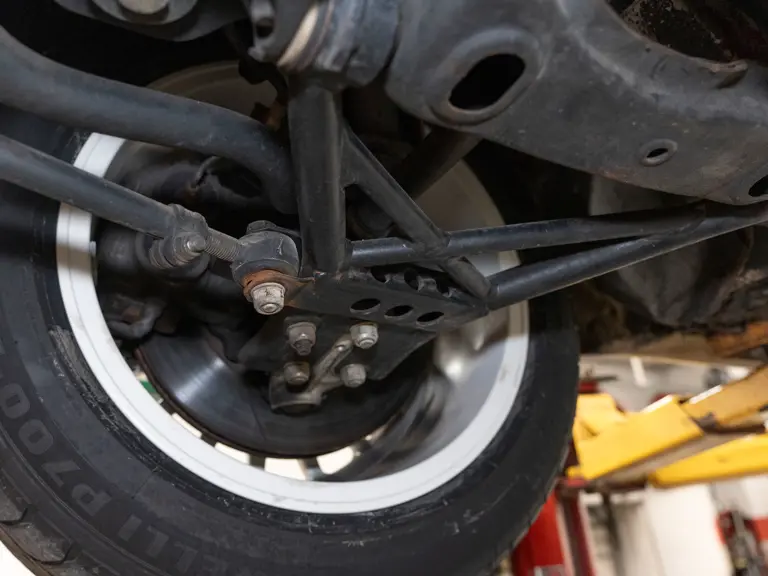


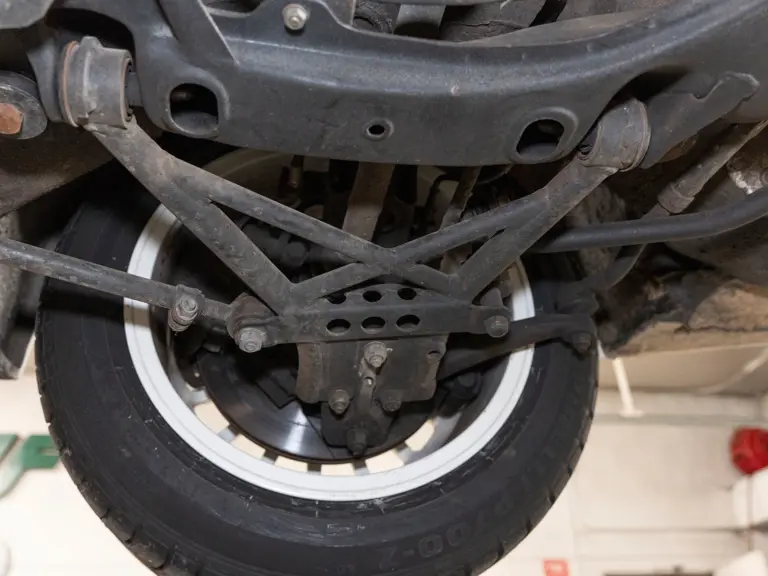


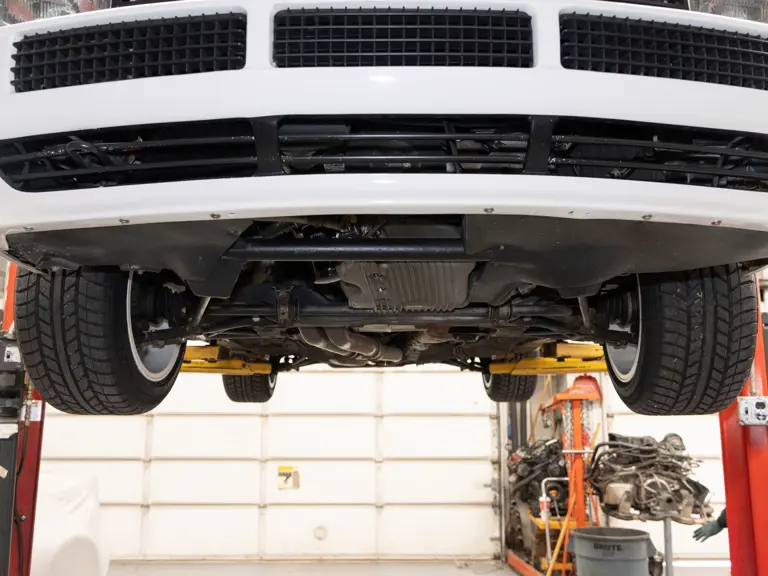
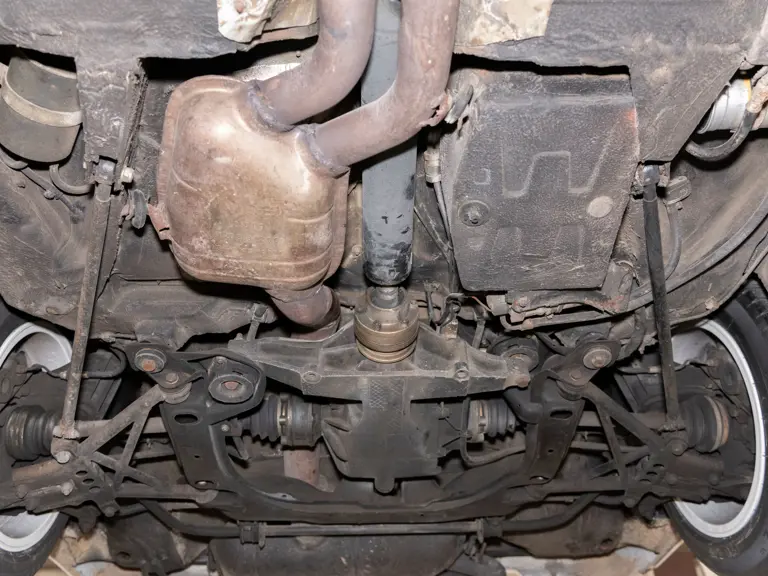

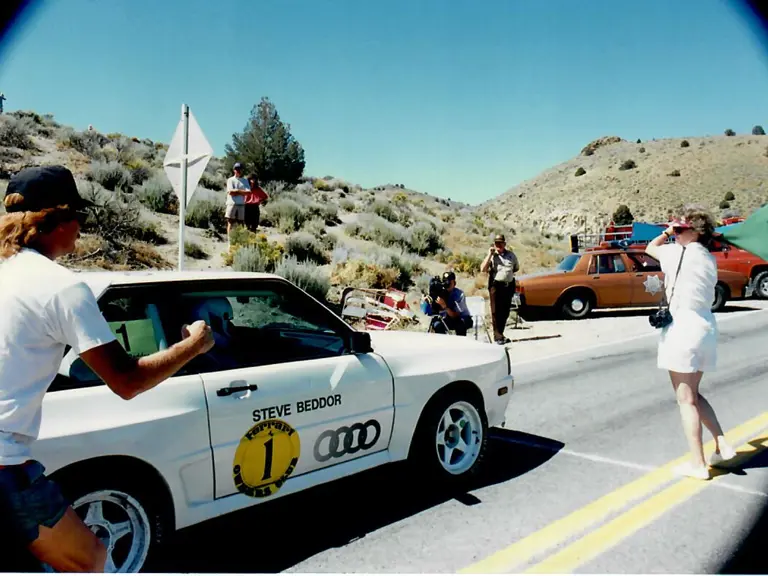

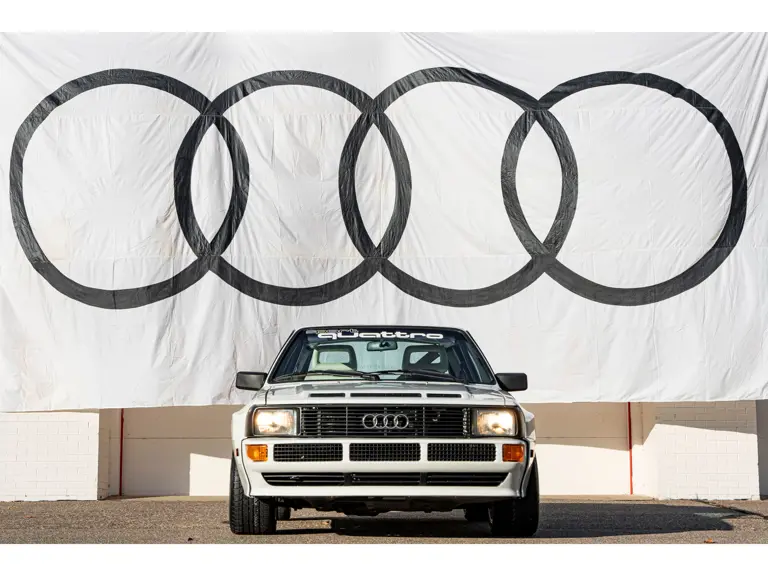
 | Phoenix, Arizona
| Phoenix, Arizona
